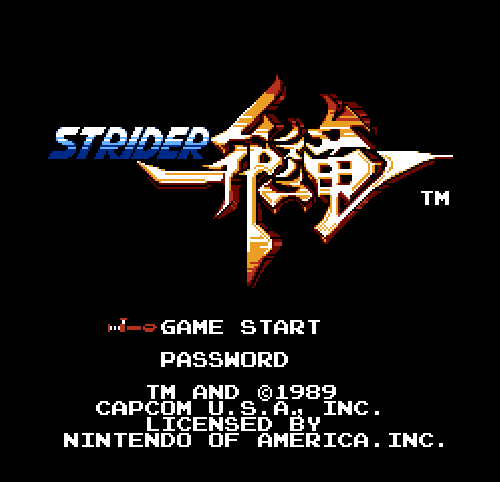
Many of us mistook Strider for one of these examples back in 1989. The arcade Strider and the NES Strider were radically different games, seemingly sharing only the idea of an international ninja hero named Hiryu.
The truth was more elaborate: Capcom and the manga outfit Moto Kikaku conceived Strider as a three-part project. The arcade Strider went off on its own under the guidance of designer Koichi Yotsui, but the Strider Hiryu manga and the NES game follow much the same story and aesthetics.
The NES version of Strider is often painted as the inferior cousin of the Strider we saw in arcades and on the Sega Genesis. Yotsui’s take on the idea is one of constant spectacle: battles with giant robot gorillas, airship raids, anti-gravity rooms, and melodramatically voiced intermissions. How could a mere 8-bit NES game compete with that?
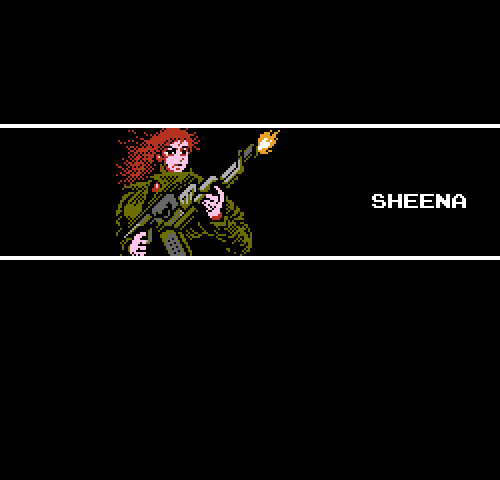
I’ll tell you how: pure style. The title screen for NES Strider immediately crackles and pulses, launching into an introduction to the Striders, “the toughest group of people,” and perhaps driving younger players of the era to look up “instigation” in the dictionary. A lengthy title tune (which was supposed to have lyrics in the Japanese version) accompanies Hiryu and his compatriots Kain and Sheena as they blow up helicopters, heft flamethrowers, and dash through a starswept void.
It doesn’t have the screen-filling creatures of its arcade relative, but the NES Strider’s storyline has a better excuse for traveling the globe. Matic, vice director of the Strider organization, orders steel-nerved Hiryu to find and execute his former comrade Kain. Hiryu, perhaps haunted by having to kill his own elite Strider sister not so long ago, spares Kain and treks from country to country: the stormy cities of Kazakh, the jungles of Africa, the…well, the high-tech underground of Los Angeles. I’m sure it actually exists.
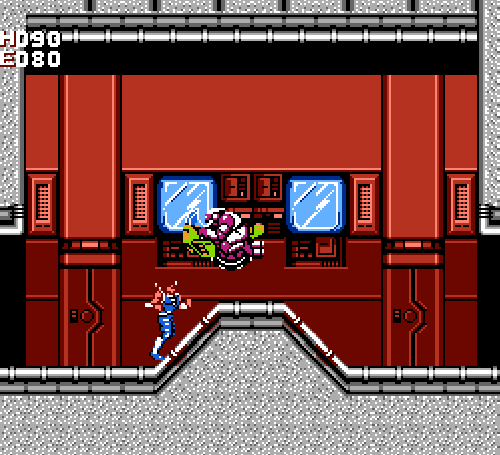
The technical hiccups of NES Strider even inspired an unflattering rumor. The game was never released in Japan, though the manga only appeared there and a Famicom version exists (prototypes leaked not so long ago). No one was quite sure why this was, and one theory had it that the game was such a ramshackle sight that Capcom’s Japanese management was too embarrassed to release there. There’s no real evidence for this, but it’s true that Strider doesn’t uphold the smooth standards of Capcom’s later NES library.
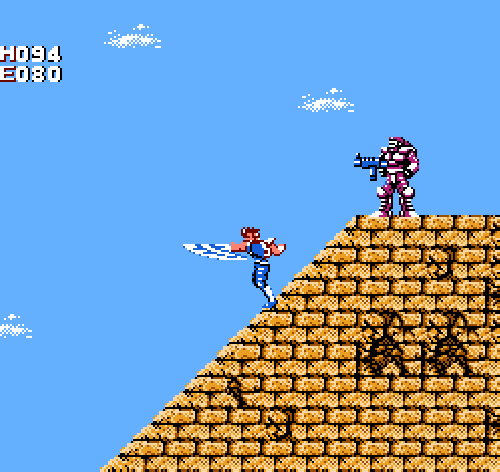
For all of its programming issues, Strider still looks nice. Sights like the Phantom Train, the grotesque outgrowths of the Zain terminals, or the ornate orbital base of the Blue Dragon have a style unlike other NES games—or even the manga itself. Capcom may have run the game ragged in an attempt to look as good as 1989 NES technology would allow, but the result is a crisp and appealing aura, one that sells the player on its futuristic cosmopolitan conspiracy even when Hiryu’s jumping like some cheap, unpredictable spring-powered toy from a vending machine.
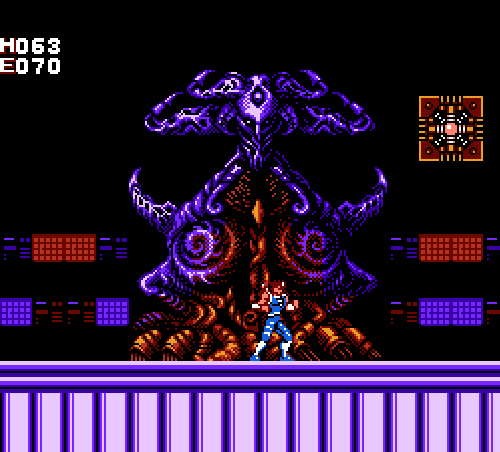
And the story? It’s a diced and hurried version of the manga’s longer tale, but it’s remarkably downbeat even among the more grim NES games. Hiryu uncovers the truth of Matic’s plot, but it costs him just about everything. The game’s introduction may imply that Sheena and Kain are playable allies, but they’re actually there for more depressing reasons—and to make Hiryu and the player wonder if his entire struggle was worth it.
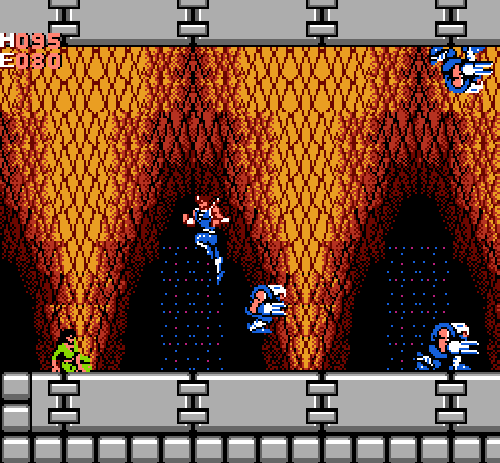
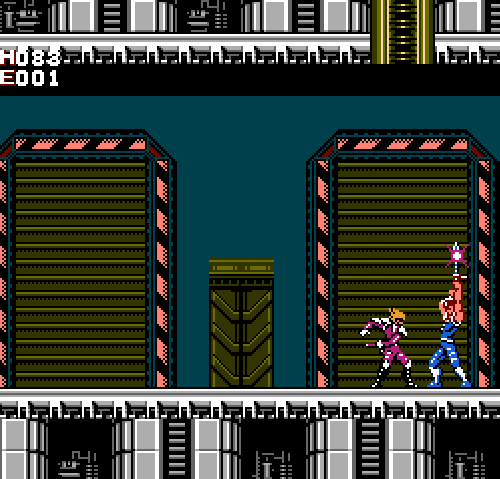
Consider Mega Man 2. A carefully designed, smoothly running Capcom classic from the same year as Strider, it’s the polar opposite in technical terms. Yet even Mega Man 2 has its moments of screwing players, including some later bosses that can’t even be damaged if the player’s low on a certain weapon’s energy.
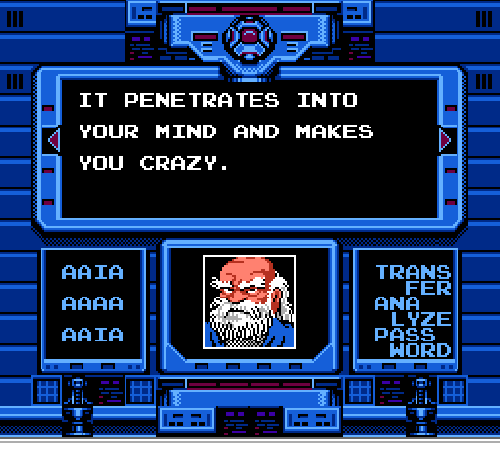

It’s one futuristic jaunt after another, and each new location sheds some light on the mysterious Zain project. Never given to long cutscenes, Strider builds its tension with brief and measured revelations: data disks reveal bits of the storyline, and short conversations lead to bleak and murderous ends.
There’s another reason many disparage the NES version of Strider. It seems to play handily at the first go. Hiryu can slash with ease, and enemies hound him with fair persistence. Yet the bumps emerge soon: Hiryu’s springing leaps are unreliable, and he tends to snag on obstacles. The game has a choppy pace, with awkward screen scrolling, graphical glitches, and frequent flickering. Those attempting to play Strider on an NES emulator should be cautioned not to adjust their settings: that’s just how the game runs.

Even so, there’s an undeniable vitality to Strider. It lacks the impact of the arcade game, but it’s at no loss for new and strange sights. A pyramid raid leads to a fight against a robot shark. Levels roll out motorcycle mid-bosses, mechanized samurai, and a whirling swordsman with a tiny window of vulnerability. Hiryu’s powers steadily expand with chargeable attacks and specialized boots, opening up new areas in previously visited levels. It’s never as complex as Metroid or Blaster Master, and that’s refreshing in a way. You’ll have to backtrack and you’ll have to explore, but you’ll never have to bother making a map.

It’s also nice to hear. Harumi “Misses Tarumi” Fujita’s music was often sidelined with obscure titles, and Titan Warriors even went unreleased. Strider was similarly absent in Japan and Europe, but at least America got to enjoy Fujita’s crisp, tense, and memorable compositions.

No one in America read Moto Kikaku’s Strider manga at the time, but modern fans have put it online (plus a bonus chapter with some details on Hiryu’s sister, Mariya). Those who played through the NES game may be surprised to find the manga lighter in tone and rougher in appearances. Only one of Hiryu’s companions dies, and Matic is far less threatening. He’s genuinely scared of Hiryu by the manga’s end, while the game positions him as one of the nastiest final bosses NES players ever faced.

That may be what a lot of players remember most about Strider: the frustration, the confusion, the throwing of controllers. Matic is impossible to beat unless the player uses one specific and rarely employed attack—and there’s no hint of this beforehand. Also notorious is the triangle jump, a wall-bounce move that Hiryu fortunately has to master only a few times throughout the game.
But is that really a knock against Strider? I’ve recently come to realize that just about every enjoyable, memorable game has one or two moments of complete, unpardonable bullshit.

Why shouldn’t a game annoy us at times? The triangle jump’s arbitrary mechanics make it a relief when you finally pull it off. Matic rapidly dispatching Hiryu makes it all the more satisfying when you figure out how to blast his cipher sword away and slash him down in a fury. Every proper story has moments of hardship and ugliness, and every game worth remembering will make you hate it at least once.
That may be why the NES version of Strider stands out for me so much. The arcade Strider and its Genesis port are magnificent. Strider Returns is…well, never mind. Strider 2 is gorgeous, if jarring and repetitive. The Strider reboot from 2014 is impressive, albeit not all it should have been. Yet it’s the NES game, with its jerky controls and awkward gait and compelling atmosphere, that’s still the definitive Strider for me.

No comments:
Post a Comment